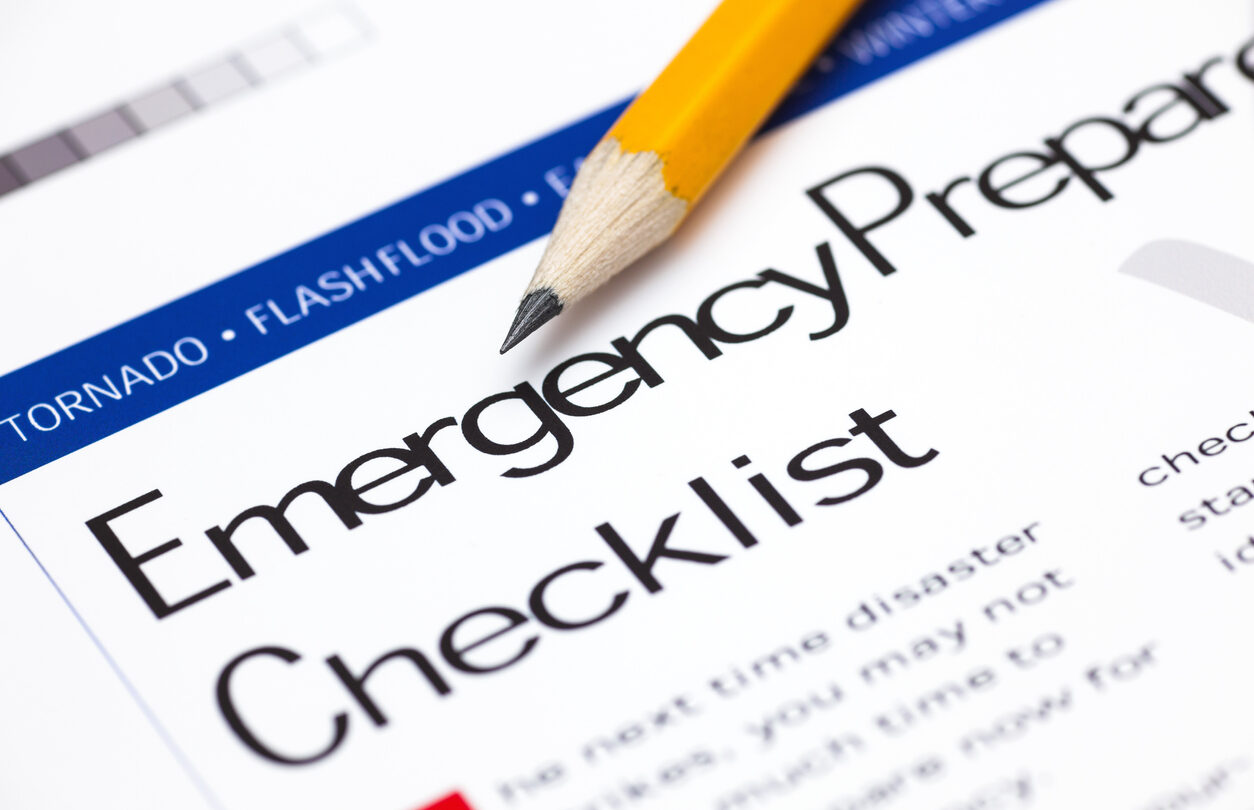Recent devastation caused by Hurricanes Helene and Milton, from catastrophic flooding and property damage to widespread communications infrastructure outages, have posed challenges for communities throughout the southeastern U.S.
These weather-related crises follow earlier events in 2024, including air-polluting wildfires, bouts of extreme heat, and more. All serve as stark reminders of the critical importance of comprehensive emergency preparedness.
The four core elements of an effective emergency preparedness plan include risk assessment and planning, developing policies and procedures, crafting a communication plan, and conducting testing and training. Providers must focus on strategies to mitigate risks. Taking the time to identify potential threats and challenges now can help prevent future emergencies and crises.
A good starting point is reviewing and updating your organization’s Hazard Vulnerability Analysis (HVA). This tool assesses various hazards—natural, human, and technological—and determines the level of risk associated with each. The results guide the development of disaster-specific procedures, training, and exercises, and help prioritize risk mitigation efforts. For health care organizations achieving compliance from the Centers for Medicare & Medicaid Services (CMS), an annual HVA update is required. It is also considered a best practice for all organizations.
Here are some tips for effectively and efficiently updating your organization’s HVA:
Assess past incidents: Identify any disaster or emergency situations your facility faced in the past year, with particular attention to after-action reports that may have been created.
Review local plans: Check your community’s HVA or hazard mitigation plan, which can often be found online or by contacting your local office of emergency preparedness.
Address emerging hazards: Ensure your HVA accounts for hazards like cyberattacks, active shooter situations, staffing shortages, supply chain disruptions, and emerging infectious diseases or pandemics. These risks have become more prominent in recent years.
Involve key departments: Engage a diverse group of department heads in the HVA review to ensure a thorough analysis of how each hazard could impact your organization.
Over the years, completing an HVA has evolved into an electronic process, which can greatly simplify the annual review and update. Many HVA tools are available online, including a comprehensive collection on the TRACIE Healthcare Emergency Preparedness Information Gateway. The TRACIE website is a comprehensive resource offering technical guides, emergency management plans, and HVA templates.
In addition, LeadingAge has developed a members-only Emergency Preparedness Toolkit, which includes implementation checklists, assessment and planning elements, and templates for policies, procedures, communication plans, and training/testing.
Remember, the HVA is just one part of a comprehensive emergency preparedness plan. Be sure to review the entire plan annually, focusing on contacts, agreements, supplies, and other key details. Keeping your plan updated not only improves readiness but also ensures compliance during surveys. Take the time to complete drills and exercises; doing so helps communicate the level of importance your organization places on being prepared to staff, residents, leadership, families, and the community. Training can take on many formats; using auditory, visual, and tactile learning will help users and will be achievable for your organization.

 Shutdown Week Three: Impact of Ongoing Closure on Affordable Housing
Shutdown Week Three: Impact of Ongoing Closure on Affordable Housing CMS Debuts Models: ACCESS, ELEVATE and LEAD
CMS Debuts Models: ACCESS, ELEVATE and LEAD


